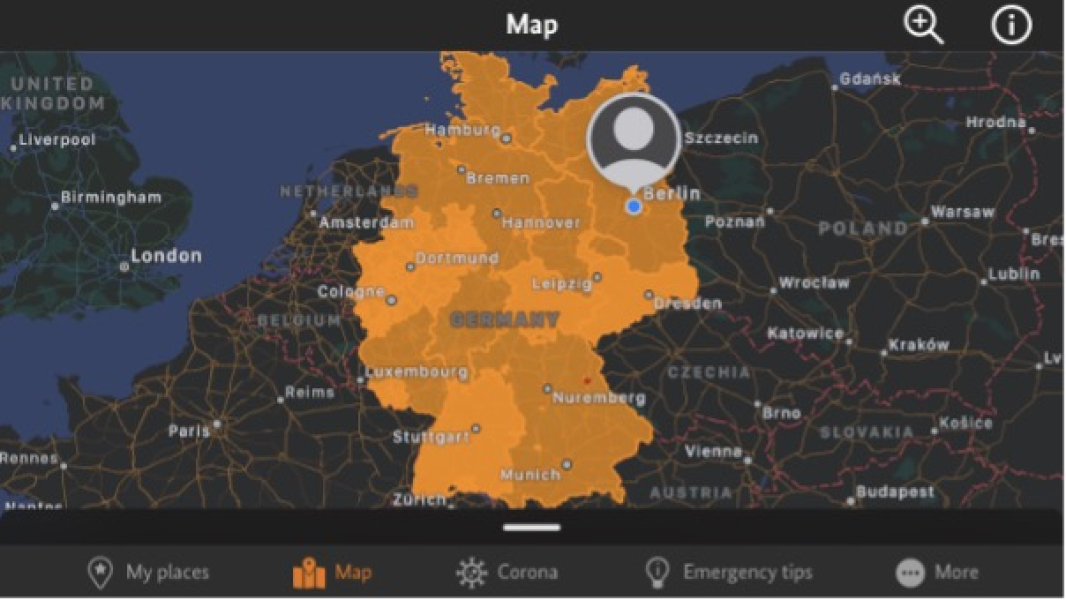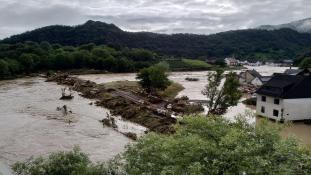
Early warning systems for flood events
Early warning systems for flood events
A reliable data-based early warning system enables an early response to flood events. For example, by using weather data and self-measured water levels, information can be provided that gives the municipality and the population a head start. The Ahr flood in July 2021 showed that water masses can rise very quickly, even if rainfall amounts alone are not decisive. Identifying as many warning signs as possible in real time and incorporating them into crisis response is therefore crucial. A simplified version of the information obtained can be presented with a dashboard or automatically passed on to the public, authorities and/or rescue forces. This means that a warning could quickly result in a concrete response that can save lives in an emergency.
SUSTAINABILITY CHECK
- Early response to floods protects people and the environment.
- Rescue forces can be alerted and the population in affected areas warned / cleared of the area.
- Initial investments in water level measurement equipment are needed, but these are far below possible costs for reconstruction measures.
- Protection of human life, environment and infrastructure.
Approaches: What is needed for an early warning flood system?
- The more data that is meaningfully integrated, the more accurate the forecasts.
- Weather data (real and forecast).
- Accurate level measurements at various points along a watercourse, requiring in-depth use of appropriate sensors.
- Hydrologic models of the watercourses and water flows.
- Appropriate computational and transmission capabilities for these data.
- Proven protocols and actions to take when an early warning system sends out an alarm.
- Automated messages (e.g. by SMS) when a guideline value is exceeded.
Our Raiting:
If implemented in a well thought out manner, early warning systems can be a useful supplement to existing supraregional mechanisms. For that to be the case, the following must be true: the data must be high quality, reports must reach those affected, and warnings must be followed by concrete actions.
Which SDGS are addressed?
In order to create globally sustainable structures, the member states of the United Nations have set themselves 17 goals by 2030, which are set out in the 2030 Agenda for Sustainable Development.

Associated challenge(s)

Protection against floods
- 2 Solution(s)
- 1 Datasource(s)

Establish Municipal Climate Protection Management
- 5 Solution(s)
- 3 Datasource(s)
Matching data(sources)
Obtain data(sources) for this solution here:
